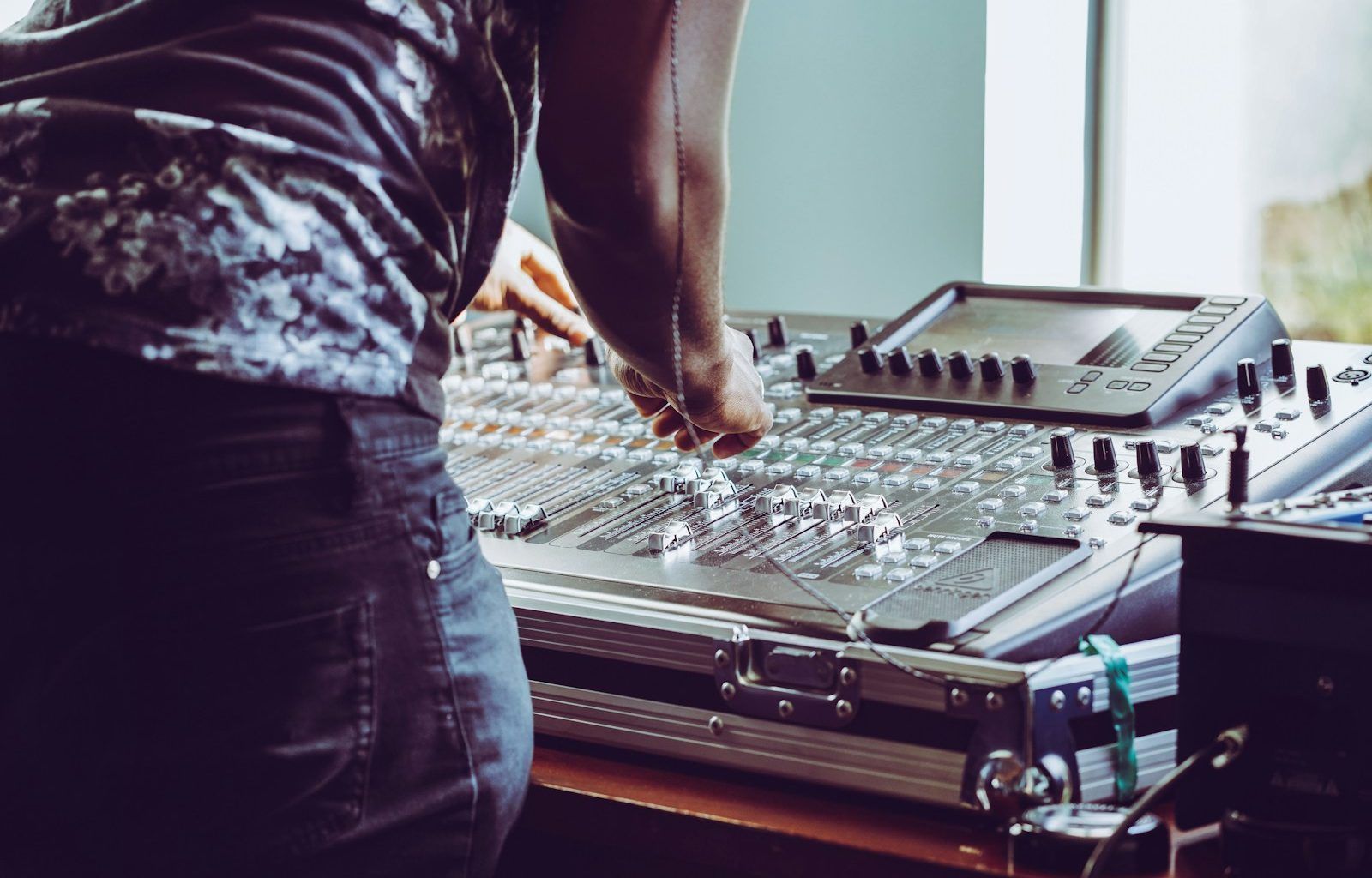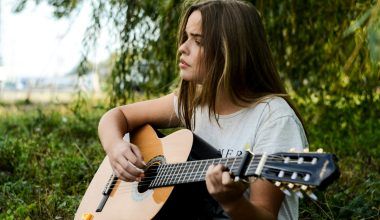If you’re a budding musician, a music enthusiast, or just someone curious about the music industry, you might have wondered: how many songs are in an EP? It’s a common question, and the answer can help aspiring artists structure their releases and fans better understand what they’re listening to.
What Does EP Mean?
Before we dive into the number of songs typically found in an EP, let’s first understand what an EP is. EP stands for “Extended Play,” a term that’s been around for decades in the music industry. It falls between a single and a full-length album in terms of length and content. While singles usually feature just one or two tracks, albums often have a much larger collection of songs, sometimes exceeding 12 tracks. The EP offers something in between, both in duration and intent.
Why Do Artists Release EPs?
Releasing an EP is often seen as a strategic move for artists. For emerging musicians, it’s a way to showcase their talent without committing to a full album. For established artists, EPs serve as an experimental playground or a way to offer fans a bite-sized treat between album releases. But one thing remains consistent: the length of an EP makes it accessible, both for the creator and the listener.
So, How Many Songs Are Typically in an EP?
The number of songs in an EP usually ranges from 4 to 6 tracks. However, the exact count can vary depending on the artist, the genre, and even the streaming platforms’ guidelines. Some EPs might contain as few as 3 tracks, while others push the limit with 7 or 8. Despite this flexibility, the sweet spot remains within the 4-6 track range.
Word from Music Platforms
Digital platforms like Spotify, Apple Music, and others often categorize EPs based on duration rather than just the number of songs. For instance, an EP typically runs for 15 to 30 minutes. This means that even if an EP has just 3 long songs or 8 shorter ones, it could still qualify as an EP if it meets the time criteria.
How Does an EP Differ from an Album?
The primary difference between an EP and an album lies in their scope. Albums are a more comprehensive collection of music, often telling a broader story or showcasing an artist’s range. EPs, on the other hand, are more focused. This makes EPs an ideal format for:
- Introducing new concepts
- Exploring a specific genre
- Releasing themed music
For instance, an artist might use an EP to explore a side project or test the waters with a new sound. Meanwhile, albums require a greater investment of time and resources, both for the artist and the listener.
The Importance of EPs for Independent Artists
In today’s digital music age, EPs have become increasingly popular, especially among independent artists. Why? Because they’re less daunting than creating a full album. Producing an EP can cost less and take less time, making it an attractive option for musicians who are still building their audience.
Testing the Waters
When artists release an EP, they can gauge the audience’s reaction. Did fans love a specific track? Are listeners gravitating toward a particular vibe? These insights can guide future projects and even influence the sound of a full-length album.
Famous EPs You Should Know
To truly understand the magic of an EP, let’s look at some iconic examples:
- The Beatles’ “Twist and Shout EP”: This four-track gem became a fan favorite and showcased the band’s energy.
- Billie Eilish’s “Don’t Smile at Me”: A nine-track EP that propelled her into mainstream fame, blurring the lines between EP and album.
- Coldplay’s “The Blue Room EP”: This five-track release was pivotal in the band’s early career.
The Flexibility of EPs
One of the most appealing aspects of an EP is its flexibility. Unlike albums, which often require a cohesive theme or storyline, EPs give artists the freedom to experiment. Whether it’s mixing genres, collaborating with other musicians, or releasing a collection of remixes, EPs are all about creativity.
Digital Age and EPs
In the streaming era, EPs have found new life. Playlists dominate platforms like Spotify, and shorter releases often fit seamlessly into listeners’ habits. EPs allow artists to stay relevant and consistent, dropping music more frequently than they could with a full album.
What’s the Ideal Length for an EP?
While there’s no strict rule, the ideal EP length is around 20-25 minutes. This ensures that listeners can enjoy the release in one sitting without feeling overwhelmed. Each song should contribute to the EP’s overall vibe, leaving a lasting impression.
Planning Your EP: Tips for Aspiring Artists
If you’re thinking about creating an EP, here are some quick tips:
- Focus on Quality Over Quantity: It’s better to have 4 standout tracks than 6 mediocre ones.
- Keep a Theme: While EPs are flexible, a loose theme can make the collection more cohesive.
- Experiment Freely: Use this format to try out new sounds or ideas.
- Engage Your Audience: Use social media and streaming platforms to tease your EP, gather feedback, and keep your fans engaged.
Wrapping Up: How Many Songs in an EP?
So, how many songs in an EP? The typical range is 4 to 6, but the beauty of the EP lies in its flexibility. Whether you’re an artist releasing one or a fan enjoying it, the EP offers a compact yet impactful musical experience. With its shorter length and focused content, the EP continues to be a vital part of the music industry.
For further reading, explore these related articles:
- The Evolution and Vibrance of the Indian Music Industry
- Zee Music Company Owner: Shaping the Sound of India
For additional resources on music marketing and distribution, visit DMT Records Private Limited.






